
As gardeners, there’s an inherent sense that we’re a step ahead of our non-gardening friends when doing right by the planet. We’re growing green things, so we have to be helping, right? Not always.
Many standard gardening practices contribute to global warming. But not to worry, a few simple changes can turn your garden into a climate-friendly, planet-cooling carbon sink.
In other words, a garden that’s actively slowing climate change.
What Do You Mean My Garden is Causing Climate Change?
The Union of Concerned Scientists, a group founded by MIT scientists and students in 1969, dedicated to using science to solve the world’s pressing environmental and social issues, wrote an in-depth paper, “The Climate-Friendly Gardener: A Guide to Combating Global Warming from the Ground Up” showing how common gardening practices contribute to global warming and how to make your garden and yard more climate-friendly.
It’s worth reading the full thirteen-page document, but we’ve condensed the information in this article to make it easier to use.
What exactly is the problem?
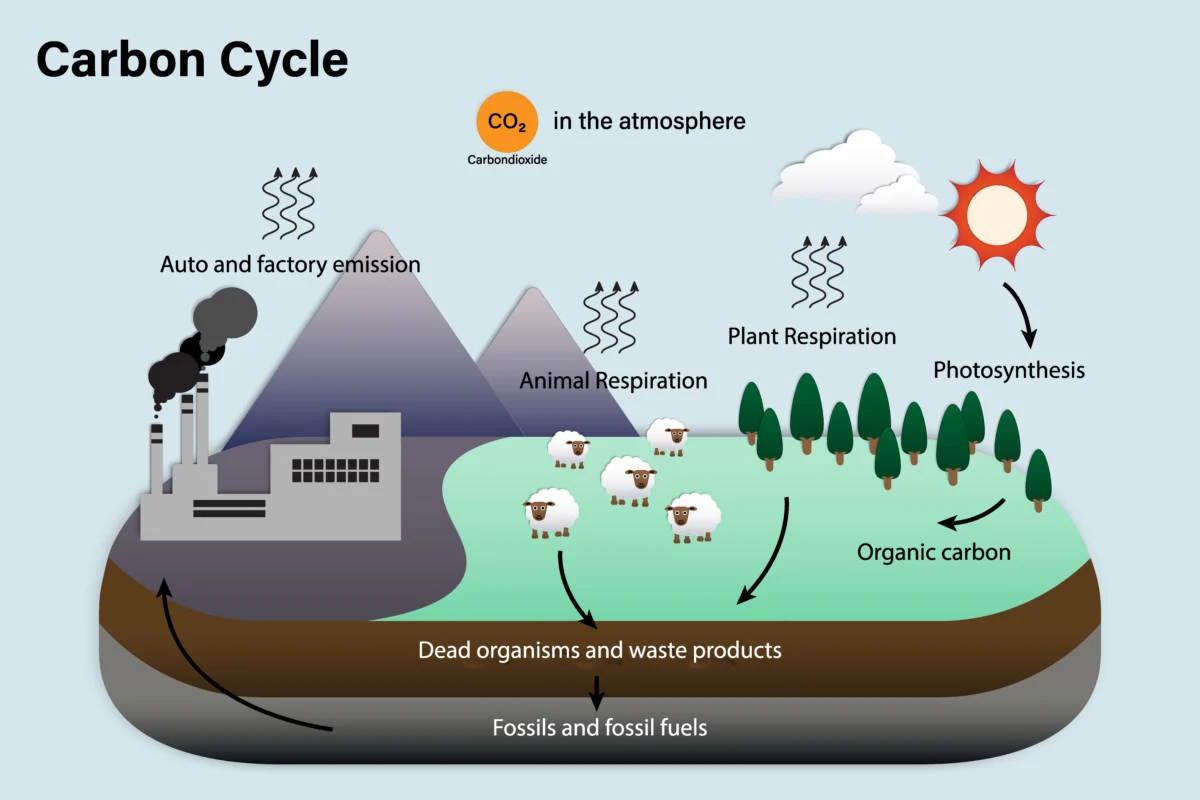
In simple terms, we’re releasing more heat-trapping gases into the air than we’re storing. These gases collect in the upper atmosphere trapping heat, raising the earth’s temperature, and leading to weather changes and extremes like blizzards and drought.
One of the biggest culprits is CO2 (carbon dioxide) from fossil fuels. These fuels sequestered carbon in the ground for millions of years in their unrefined state. As we burn them, that carbon is released into the atmosphere again. Unfortunately, we’re releasing carbon faster than it can be stored in the earth again.
So What Makes a Garden Climate-Friendly?
According to the Union of Concerned Scientists, a garden is climate-friendly “if it stores (or prevents the release of) more heat-trapping gases than it generates.”
There are seven steps you can take to make your garden better at storing heat-trapping gases.
1. Limit Synthetic Chemicals in Your Garden
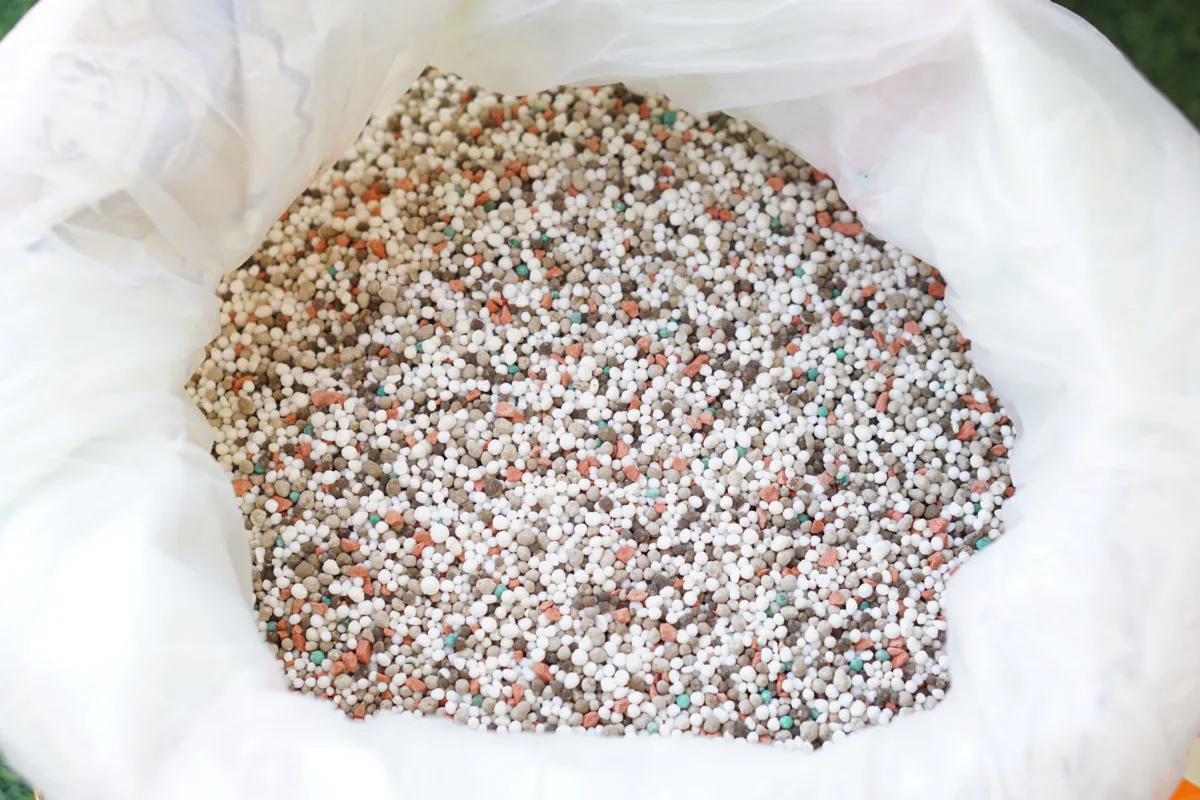
When we use fertilizers, pesticides or other chemicals in our garden, we rarely stop and consider their impact beyond what they do for our plants. But the problem with these man-made chemicals is their manufacture.
Synthetic fertilizers require a lot of fossil fuels to make, especially nitrogen-based fertilizers. Simply purchasing them puts your garden at a deficit in the carbon cycle. Choosing natural fertilizers is the way to go. While most natural fertilizers (manure, compost, etc.) also create heat-trapping gases, the amount is far less than synthetic ones.
Test, Test, Test
Over-fertilizing is a huge problem, not only in our backyards but on commercial farms too. “On U.S. farms, crops absorb less than half of the nitrogen fertilizer applied.” (UoCS) The excess washes away when it rains and ends up in our rivers, streams and groundwater. Left standing, it is converted to nitrous oxide, a heat-trapping gas 320 times more potent than CO2.
Far too often, we add fertilizers without knowing if they’re needed, and we almost always overdo it because we’re guessing.
One of the smartest things you can do as a gardener is to test your soil each year. If you need to fertilize, opt for a natural, organic fertilizer. (If you practice all seven of these steps, your garden will fertilize itself.)
Use Natural Methods of Pest and Weed Control
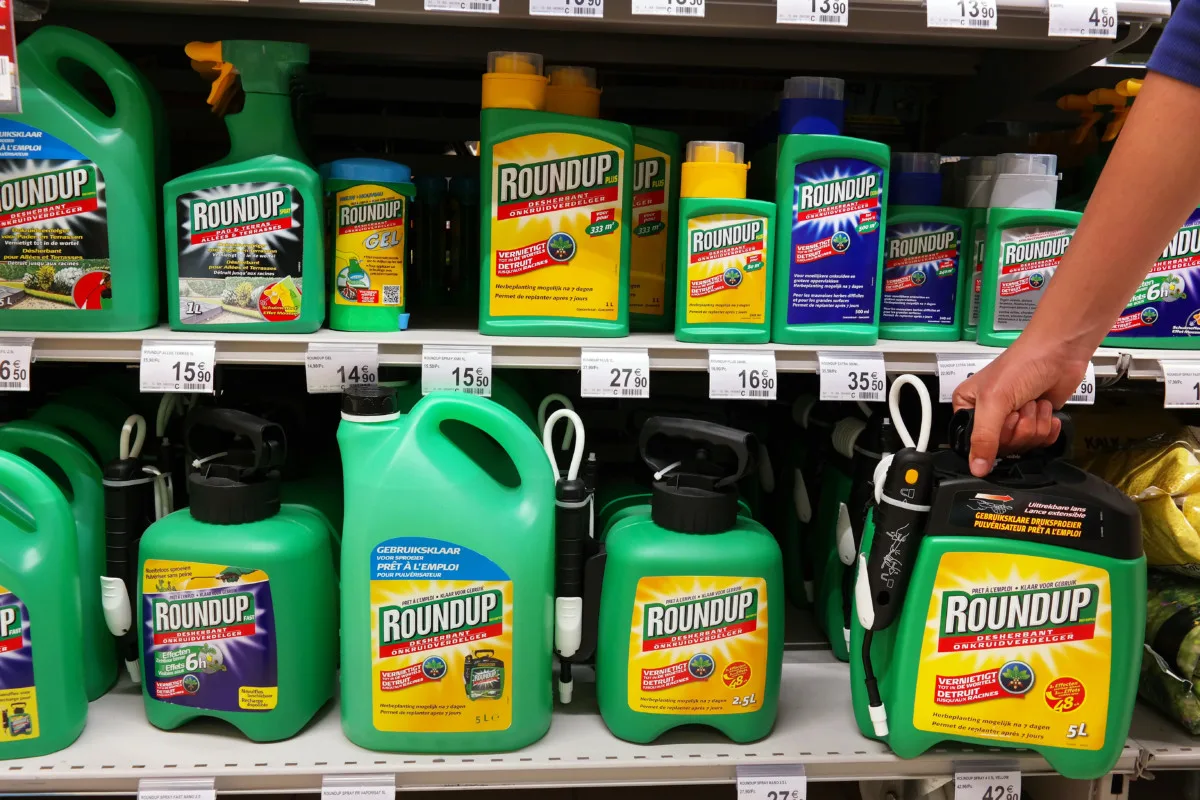
Fertilizers aren’t the only synthetic chemicals to blame. Pesticides and herbicides also create a carbon deficit with their production and transportation. Use natural methods of pest and weed control instead.
Mulch your garden and choose to go no-dig to keep weeds in check. Use trap crops to move pests away from your veggies. Pick pests from plants by hand or use methods to encourage natural predators to inhabit your garden.
2. Use Carbon-Free Methods to Manage Your Garden
Speaking of carbon dioxide, many of the tools we use around our yard and garden burn fossil fuels. Lawn tractors, leaf blowers, string trimmers, chainsaws, hedge trimmers, lawn mowers, and rototillers are mostly gas-powered. Their use in the maintenance of your garden adds carbon dioxide to the atmosphere.
Where you can, use human-powered tools. If you’ve got a small lawn, consider a push-mower. It’s good for the earth and good for you. Switch to no-dig gardening, and you won’t need a rototiller anymore. Rake leaves and use hand tools for weeding and pruning.
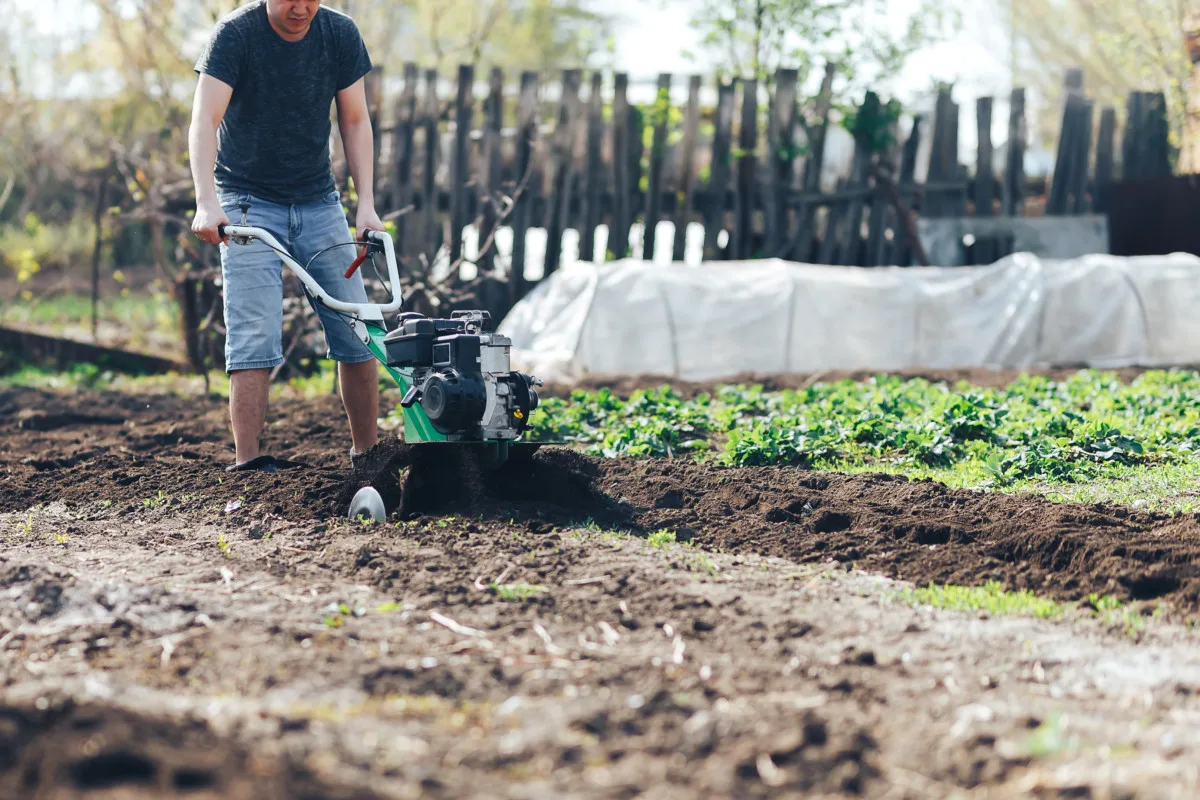
You may still need gas-powered tools for certain jobs, but there are ways you can cut back on their carbon output too. Keep engines tuned and running smoothly to burn fuel more efficiently. Let grass grow longer between cuttings; this means you run your lawnmower less and get healthier grass, which can help store carbon in the soil.
3. Turn Your Garden Into a Carbon Sink
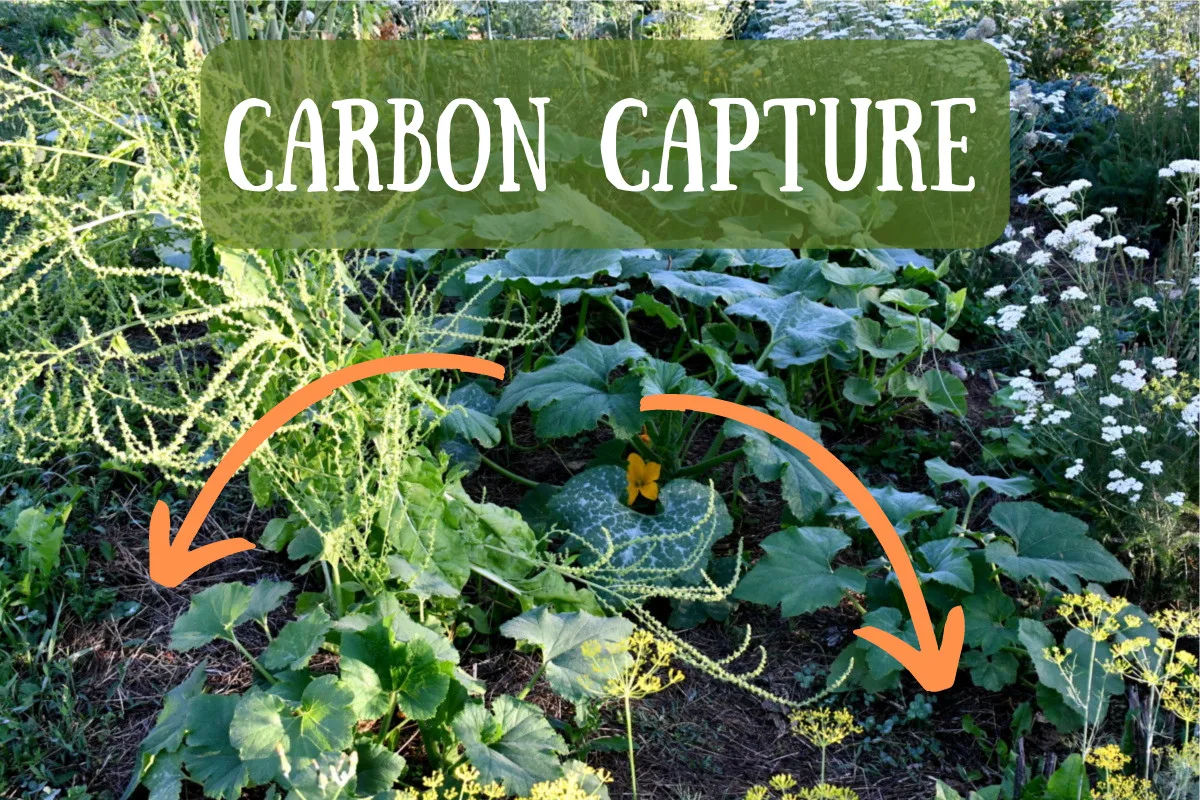
One of the most important things you have in your garden for storing carbon is right beneath your feet – the soil. This is where you can actively make a difference by turning your garden into a carbon sink. Believe it or not, it’s easier to do than you think.
Switch to no-dig gardening.
If you’re a longtime reader here at Rural Sprout, you know we’re big proponents of no-dig gardening. By putting away the tiller and the shovel, you can reap big benefits for yourself and make your garden climate-friendly.
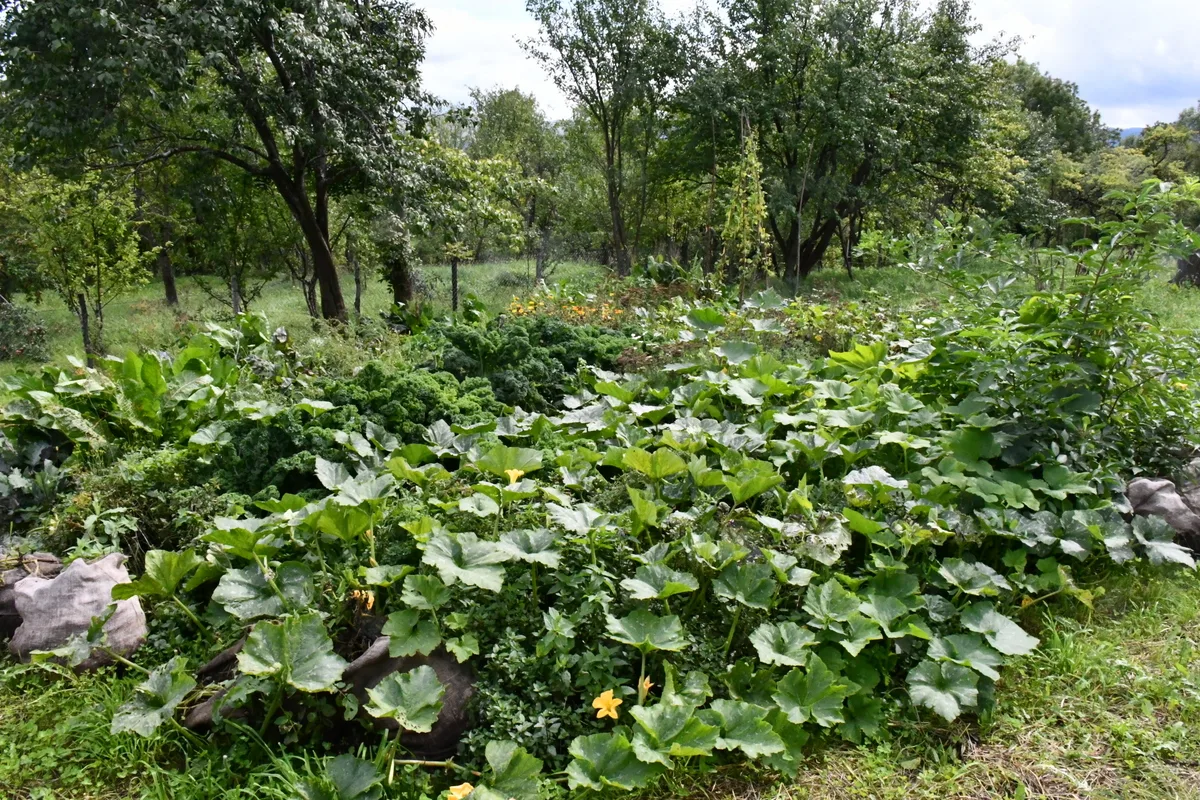
By growing things, we’re helping to sequester carbon in the soil for a time. But when we till the soil or yank up our plants at the end of the season, we release carbon back into the atmosphere.
By converting your garden to no-dig gardening, you’ll lock more carbon in the soil year after year. This process also creates a healthy soil microbiome, leading to healthier plants, higher yields, drought-resistant crops, fewer weeds, and less back-breaking digging. I encourage you to give no-dig gardening a try.
Learn how to start a no-dig garden and common mistakes to avoid. You can use the no-dig method for raised beds and have carbon sink raised beds.
4. Compost Rather than Throw Away Green Waste
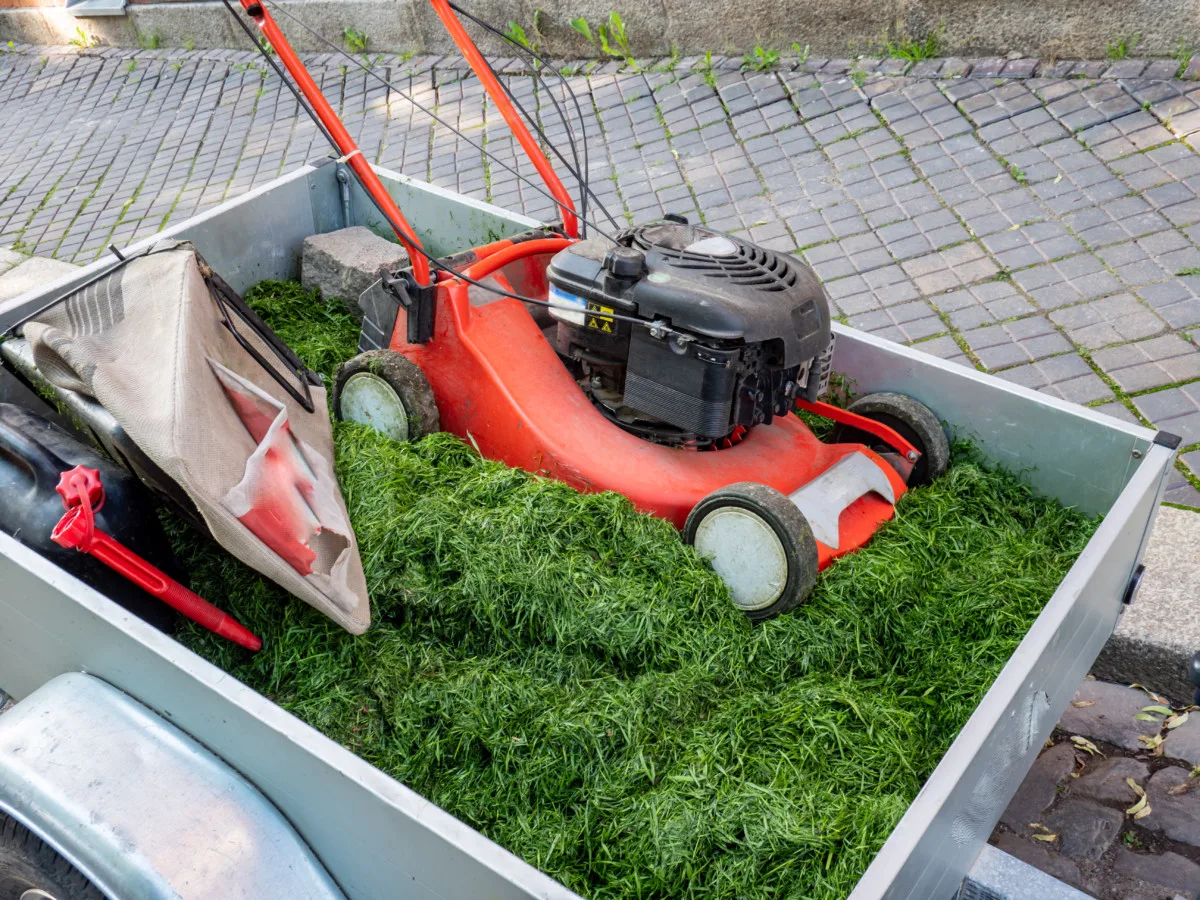
One-quarter of all solid waste in landfills is lawn trimmings and food waste. That’s a huge amount of waste that could be composted into natural fertilizer.
Aside from losing out on all that free fertilizer, as the waste breaks down, it emits methane. You guessed it, another heat-trapping gas; this one 23 times more potent than CO2.
Compost as much of your green waste as possible.
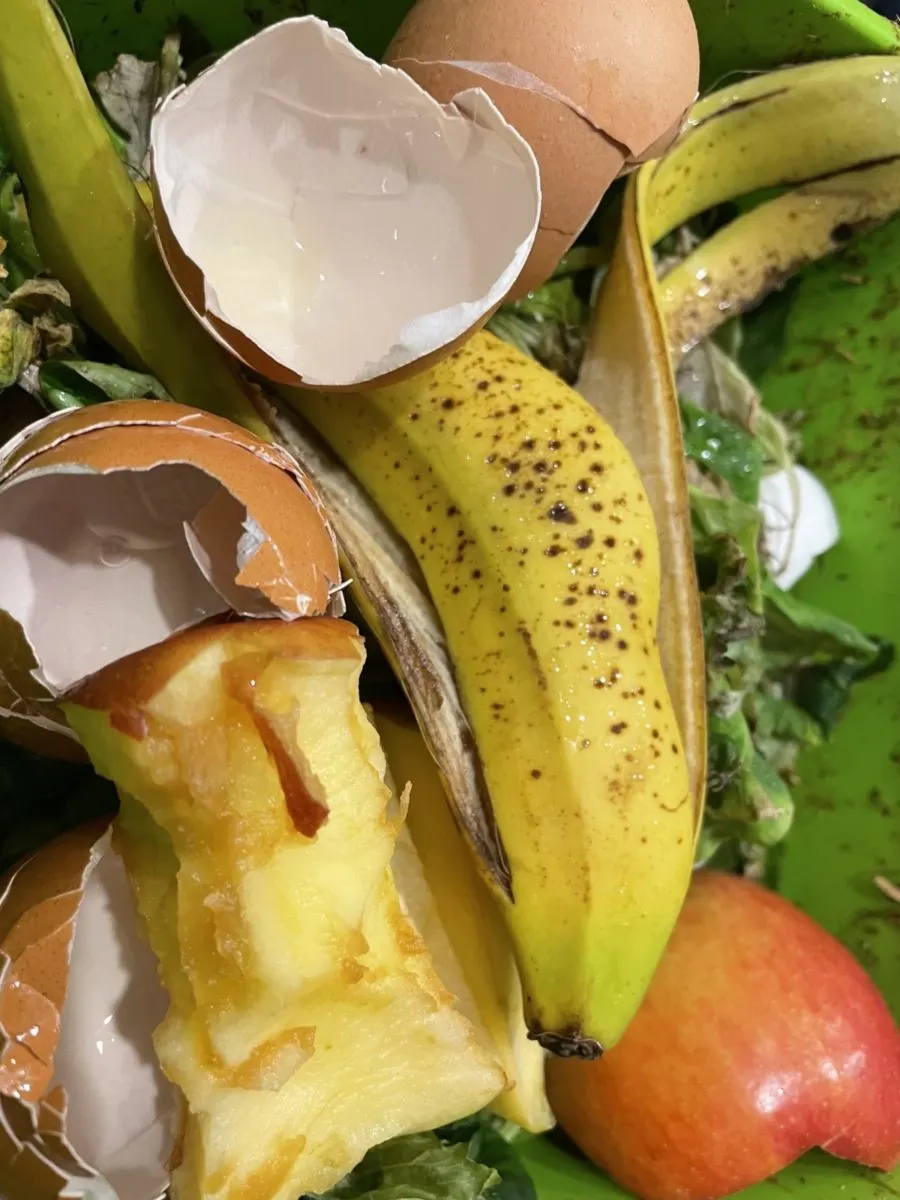
Food waste from your home, clippings from your yard work and gardening can all be composted. Even trimmings from pruning fruit trees or other trees can be composted or reused.
If the thought of composting leaves you feeling intimidated, don’t worry, Meredith walks you through getting started in Composting: 101.
If you’ve got a compost pile going and want to ensure it’s working at peak proficiency, check out this piece on hot composting and this one with some great compost accelerators. An efficient compost pile is a climate-friendly compost pile.
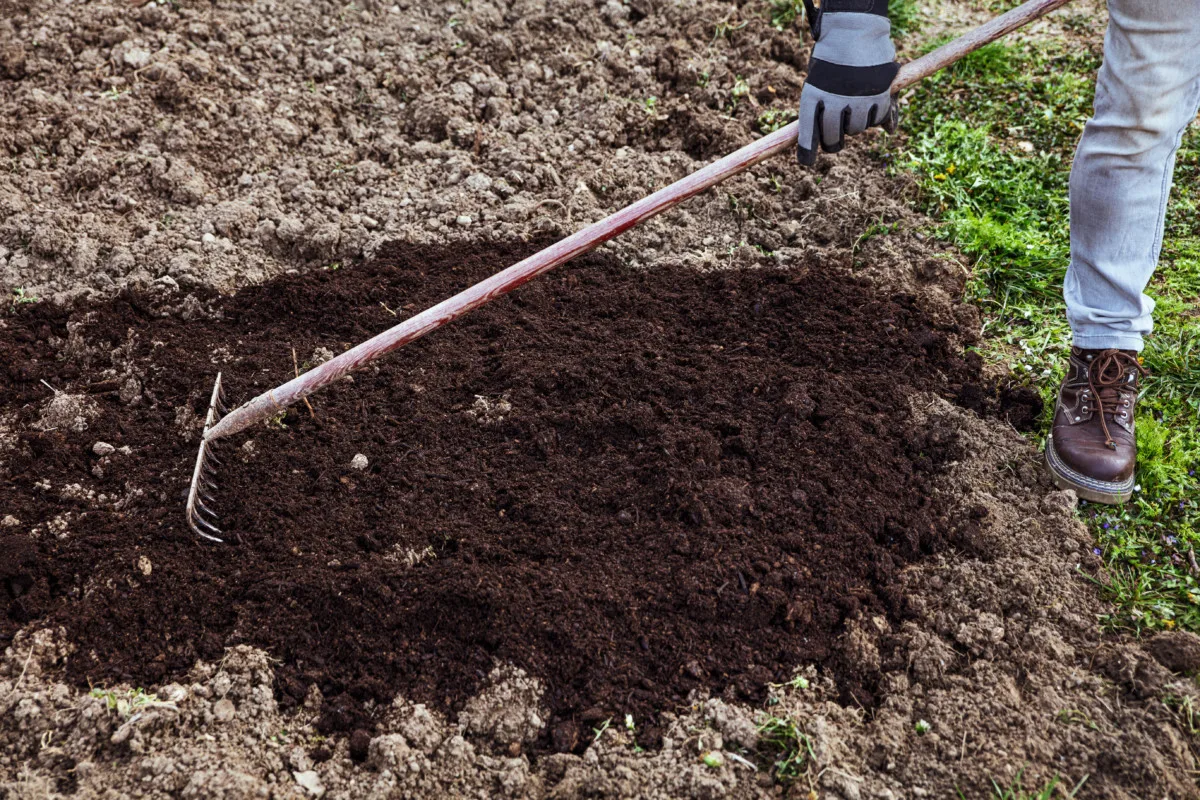
5. Don’t Leave the Soil Bare
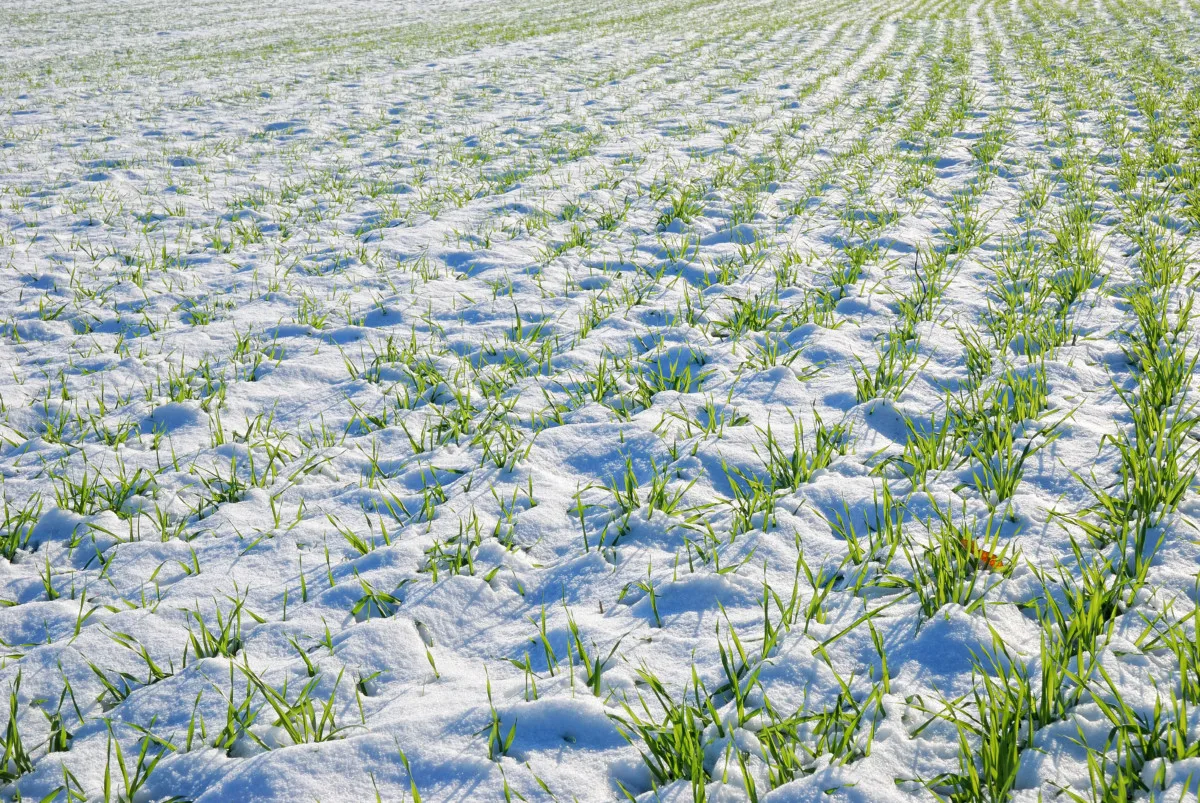
We’ve discussed the importance of healthy soil in storing carbon, and keeping your soil covered is equally important. Bare soil can lose carbon that we’ve worked so hard to store. Depending on where you live, your garden and flower beds may be inactive for half the year. To maximize your soil’s ability to store carbon, prevent soil loss, and keep out opportunistic weeds, it’s important to make sure your soil is never bare.
One way to accomplish this is by applying a layer of mulch yearly. This is an important aspect of no-dig gardening. And there is a myriad of mulch options, including many you already have on hand.
A better option is to use cover crops when you aren’t growing other things.
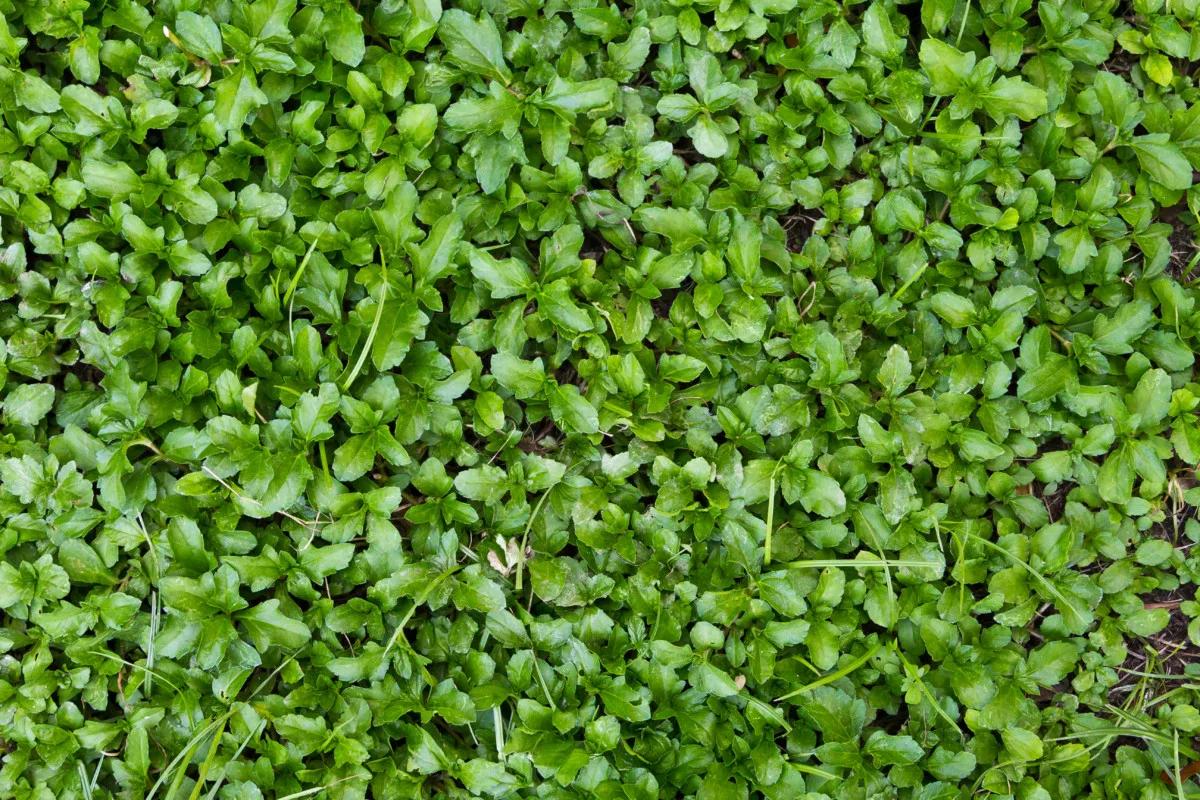
Cover crops are planted in the fall and cut down before the growing season in the spring. You aren’t growing something to harvest; instead, this living mulch returns nutrients to the soil, holds soil in place, protecting it from wind and rain, keeps weeds from starting, and moves carbon into the soil.
One of the best reasons for planting cover crops is they reduce the need for fertilizer. If you use peas, beans or other legumes for cover crops, they replace nitrogen in the ground. Your garden is already fertilized when you’re ready to plant next spring. No synthetic fertilizers necessary.
And yes, you can even use cover crops in a no-dig garden for the ultimate carbon sequestration.
You can read more about using cover crops here, and we’ve got some great suggestions for what cover crops to grow.
6. Plant More Trees and Shrubs
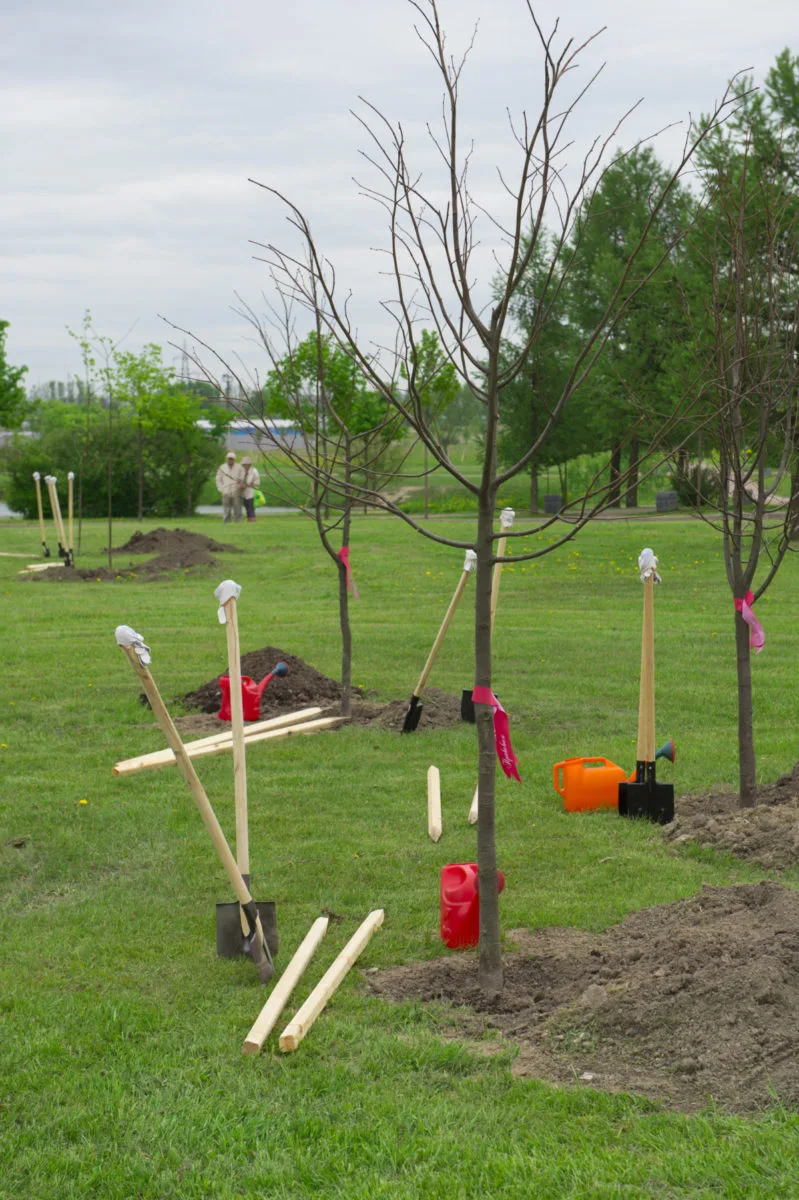
Trees are some of the best carbon sinks on the planet. If you want to get serious about packing away carbon, consider adding larger, long-lived trees to your property. Even large shrubs and bushes can store quite a bit of carbon.
The Union of Concerned Scientists noted in their paper, “A recent multi-city study estimated that, as a whole, the urban trees of the contiguous United States accumulate nearly 23 million tons of carbon in their tissues per year.”
Were you paying attention? That’s just the urban trees in the United States. That’s pretty impressive.
Planting trees on your property comes with a slew of other benefits; one of the most important is lowered heating and cooling costs. Trees can block cold winter winds or shade and cool your house in the summer, depending on where they’re planted. Used this way, trees can reduce carbon emissions because you’re using less energy to heat and cool your home.
7. What to Do About Your Lawn
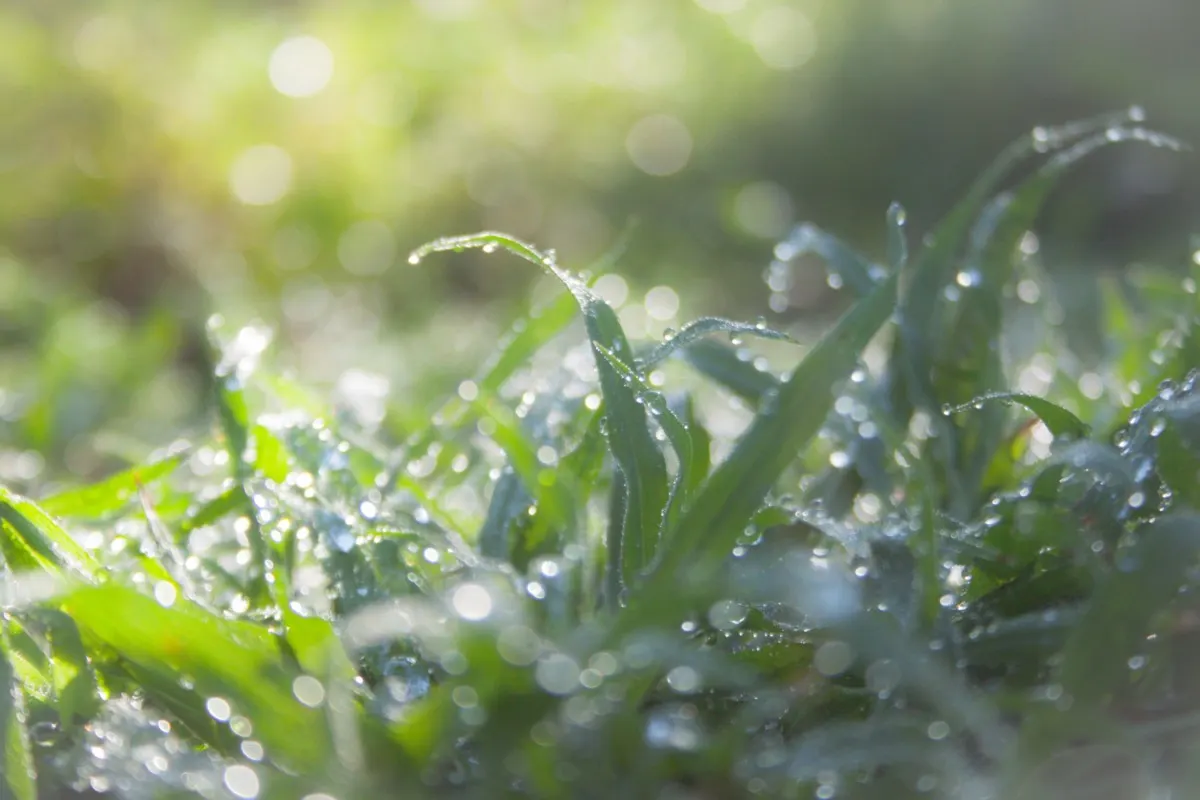
Lawn care is always a touchy subject for most Americans. We love our lush green lawns. And even if you could care less about your lawn, you probably live where your township or HOA does. Not keeping up with regular mowing can land you a fine in many areas of the country.
But no matter where you live, there are steps to make that big carpet of green more climate-friendly.
One of the best options is to rewild all or a portion of your lawn. Obviously, this isn’t an option for everyone, but if you can, letting your lawn go back to nature is great for carbon sequestration, reducing the use of synthetic chemicals, and it’s great for pollinators.
Related Reading: How To Turn Your Lawn Into A Creeping Thyme Lawn & Why You Should
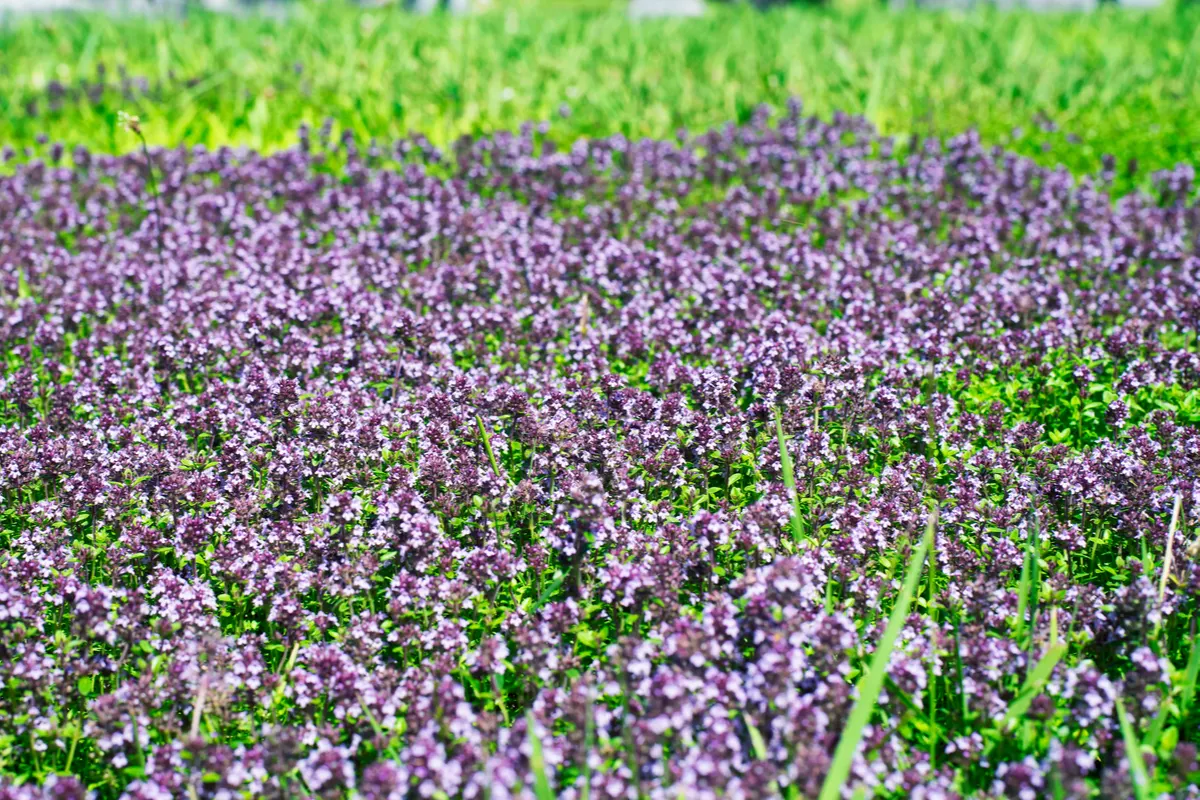
There seems to be conflicting evidence as to whether or not lawns are good or bad when it comes to heat-trapping gases.
Some research suggests they have the potential to store vast amounts of carbon long-term, and other research suggests that the fertilizers and water needed to keep a lawn healthy create nitrous oxide. Healthy, well-watered and maintained lawns are best at storing carbon but are also more prone to creating nitrous oxide.
More research needs to be done to determine whether our obsession with lawns is a good thing or a bad thing.
In the meantime, you can make your lawn a little “greener” by discontinuing the use of synthetic fertilizers and herbicides. Mow less frequently, and don’t mow the grass shorter than 3”. Remember, don’t pitch your lawn clippings. Compost them, or even better, let grass clippings break down in the grass, where they can return carbon to the soil.
Switching to these gardening methods can help slow the pace of climate change. And in the long run, your garden and yard will benefit, too, requiring less fertilizing, producing higher yields and becoming more resistant to drought.

Get the famous Rural Sprout newsletter delivered to your inbox.
Including Sunday ramblings from our editor, Tracey, as well as “What’s Up Wednesday” our roundup of what’s in season and new article updates and alerts.

